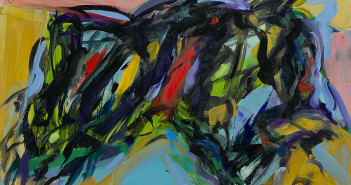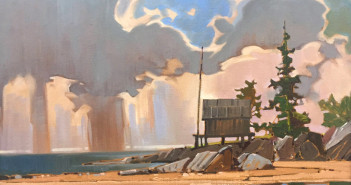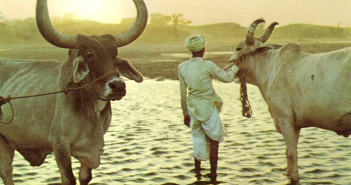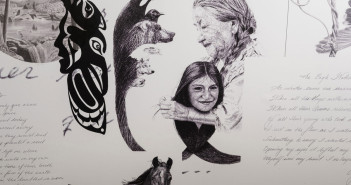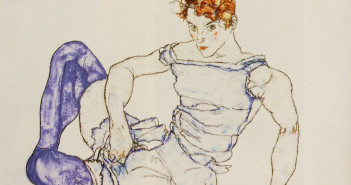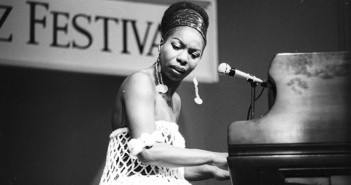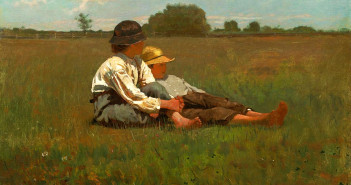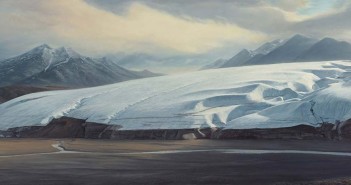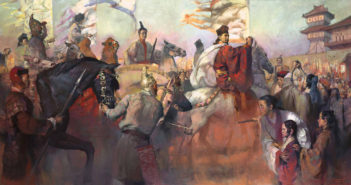
In the beginning
An old Chinese proverb says, “Do not grasp the brush before the spirit and the thoughts are concentrated.” This part of the creative process — the beginning part — needs to be handled with the same sort of attention as given to the later stroking. This is where you envision the potential; this is where you sort out the variables for the dish you are about to concoct. Why go for the same automatic cold rice, when almond gai-ding or egg foo-yong could be in the wok?


